-
Food Porn: The Phenomenon of Eating in Cyberspace
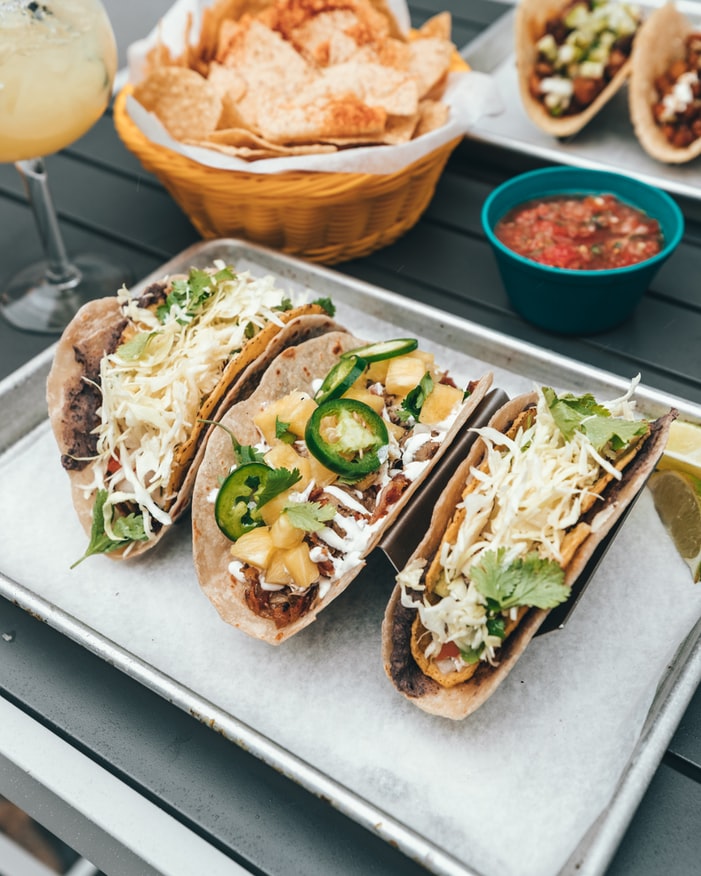
If you’ve ever groaned out loud at the sight of a gooey chocolate chip cookie on your Instagram feed, or stopped yourself from licking your phone screen as a Buzzfeed Tasty chef demonstrated a cheese-pull, you’ve experienced food porn. I began to reflect as I scrolled through expertly crafted food porn on social media while…
-
A Deeper Look Into Intravenous Ketamine Infusions For Treating Depression

As depression is on the rise, there is a race to discover an optimum treatment that is best suited for those affected. One such treatment that is yet to gain FDA approval for its use in treating depression is intravenous ketamine infusion. Over the years, more and more people are turning to intravenous ketamine infusion…
-
How Baby Diapers Will Change How We Study the Brain
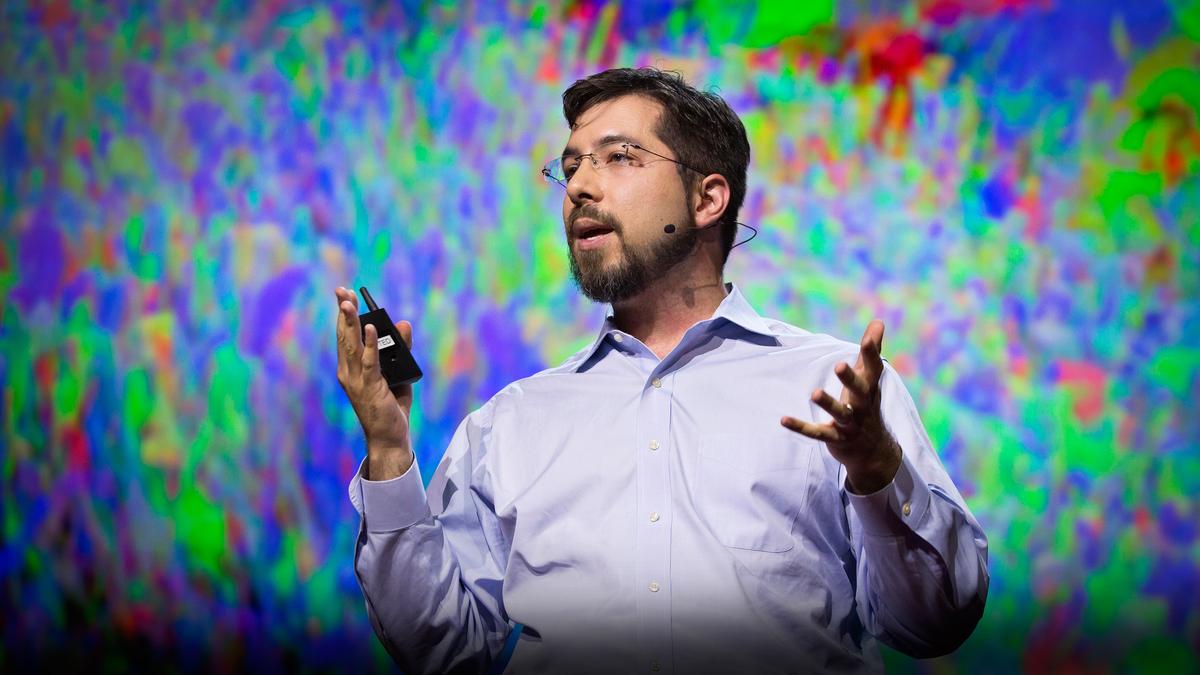
There was a sudden pounding in my chest, blood rushing to my head, and sense that life suddenly seemed unreal. I did not know what was happening, but somehow, instantaneously, panic had consumed me. I was eight years old, sitting in my third grade classroom, listening along as my favorite teacher was reading us a…
-
Yoga Teacher Umit Sedgi on the Ego
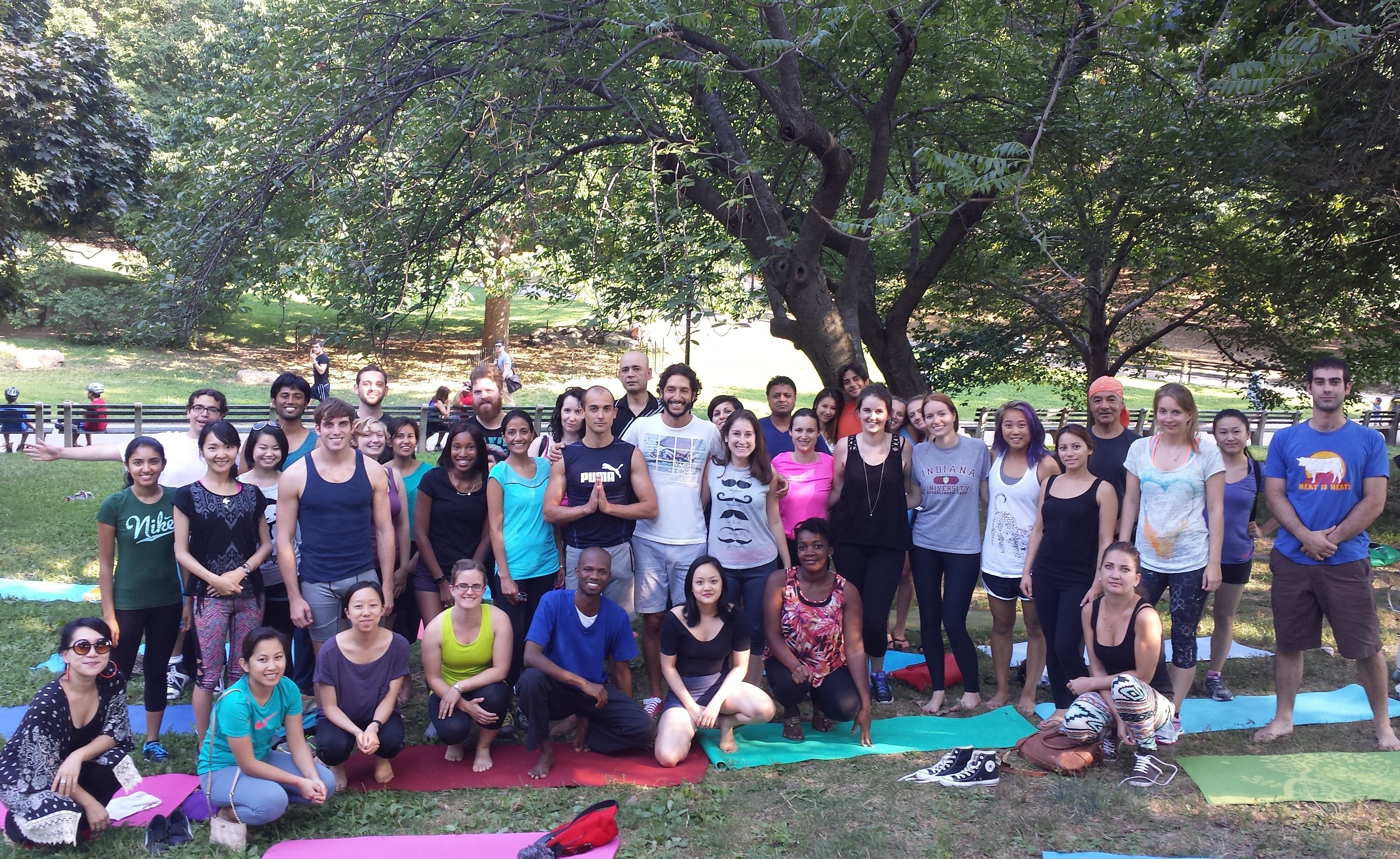
When we think about who we are individually, what do we identify ourselves with? Maybe it is our name, culture, religion, or personality. What about our ego? Do we ever think about our ego as an entity separate from our essence? Yoga teacher Umit Sedgi believes the ego can, and should, be separated for a…
-
Nikita Kapur: Nutritionist with a Holistic Approach
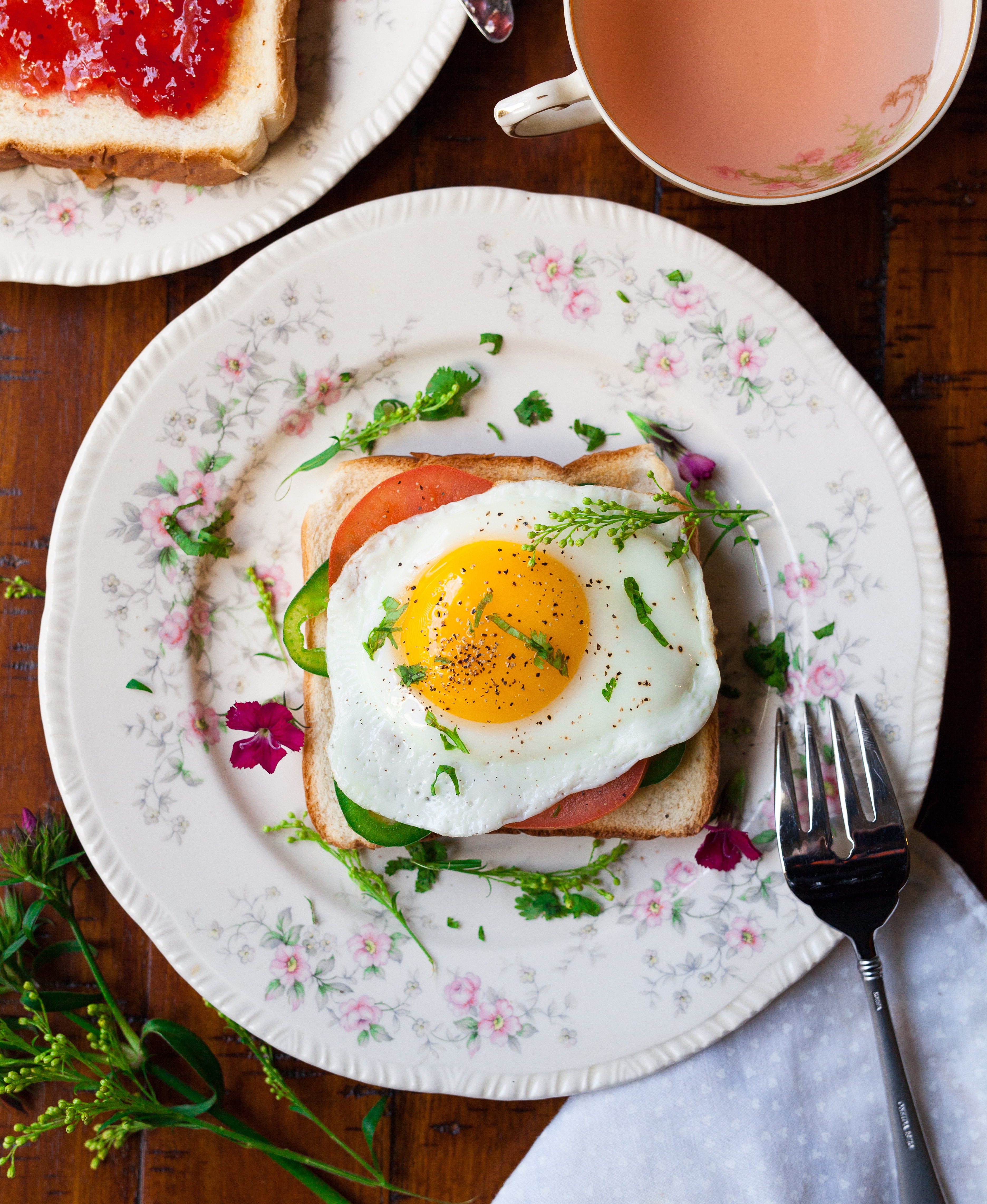
Nikita Kapur, a Registered Dietitian Nutritionist (RDN), uses her credentials to “help fix the problem, and not just put on a band aid” for her diverse clients. She is an RDN and manager at the nutrition clinic, Compass Nutrition, based out of NYC, which focuses on the holistic component of functional nutrition. The Compass Nutrition team…
-
Noelle McKenzie: A Top-Tier Personal Trainer
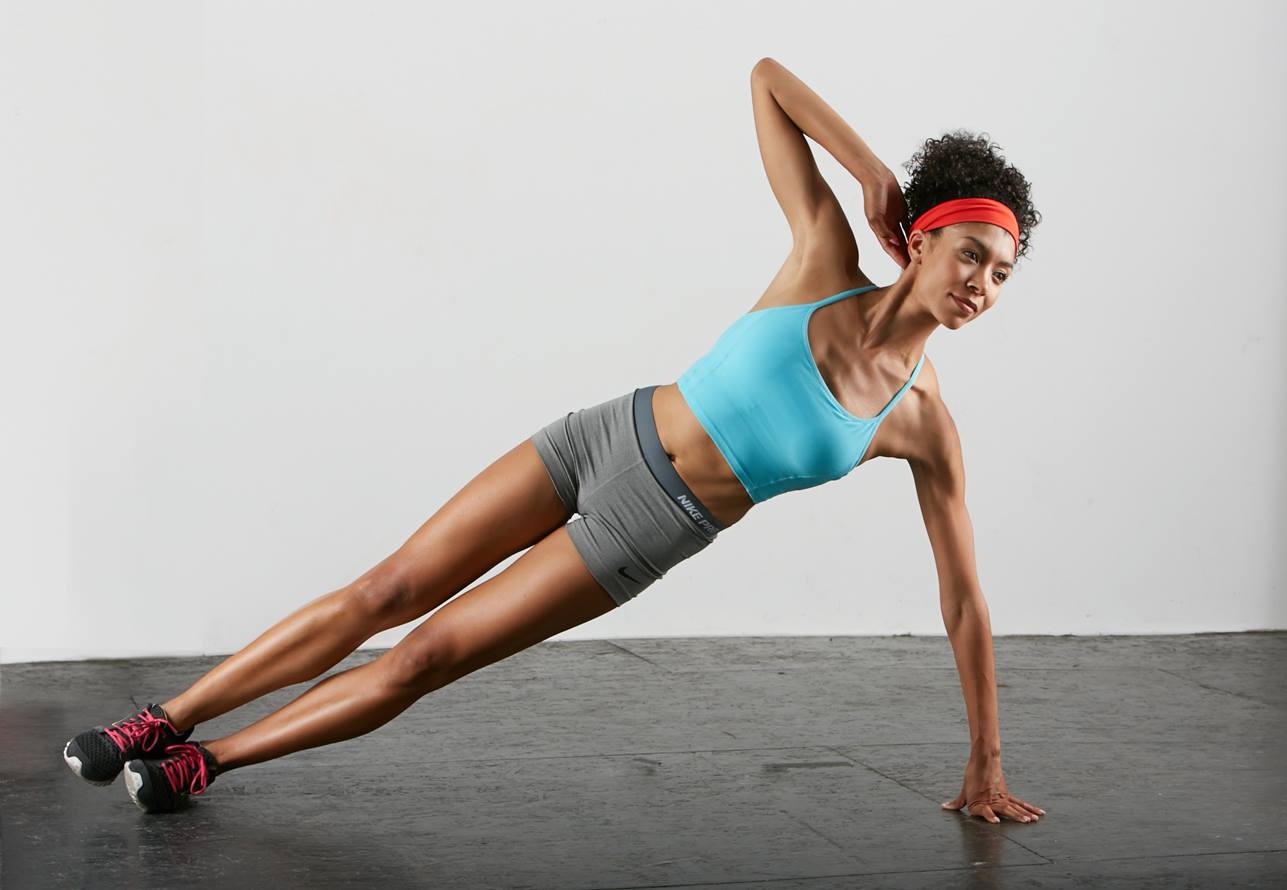
If you’re not a fan of using machines for working out, Noelle McKenzie may be the personal trainer for you. This fitness trainer uses unconventional methods for her devoted clients. She reminds us that “you can do an entire body workout with just your body.” Noelle McKenzie’s career of fitness training happened by accident. Starting off…
-
Joel Elfman: NYC Hypnotist Inspires Resiliency
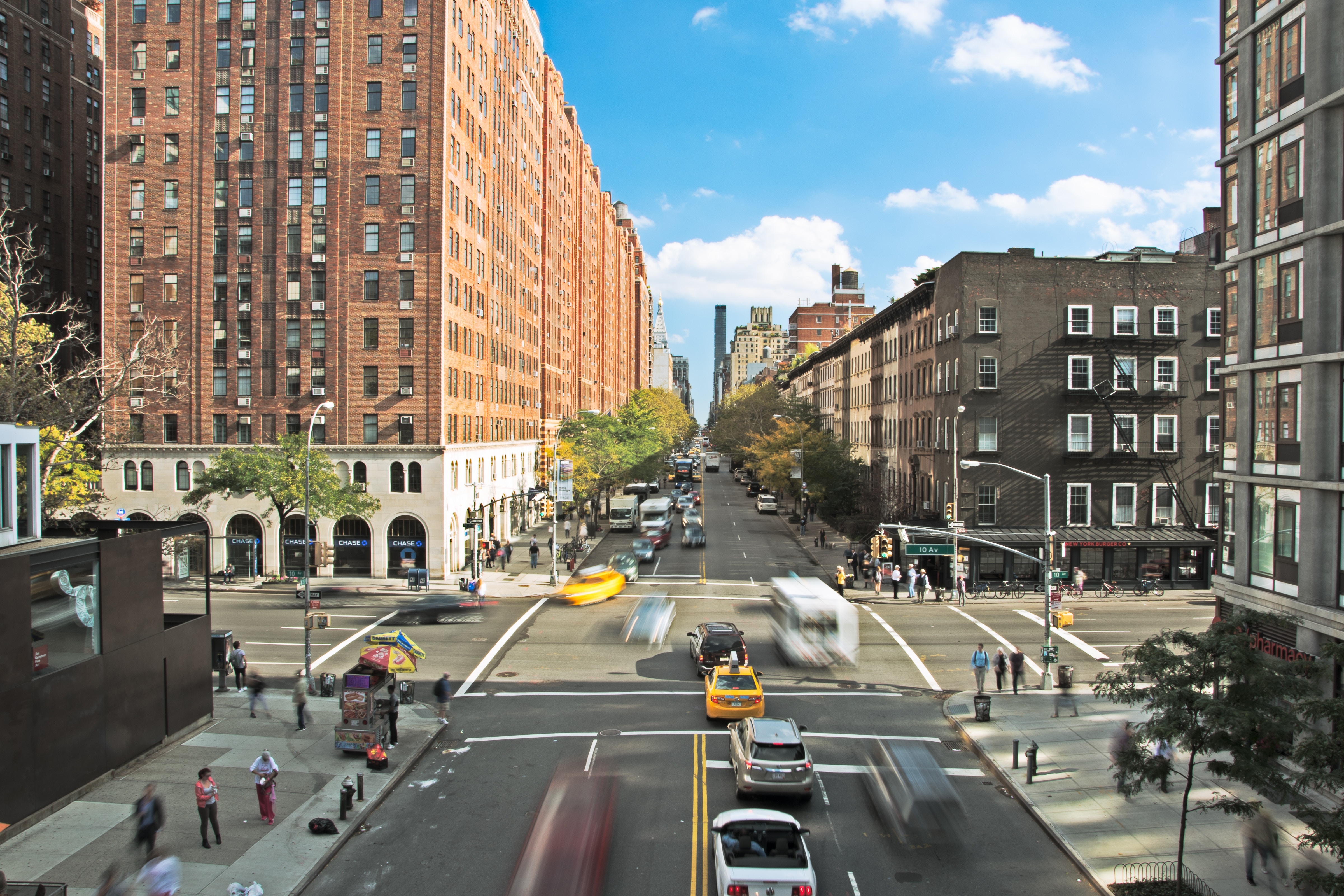
We enter trance-like states more often than we’d believe. Falling asleep, waking up, conversing with others and scrolling through our phones are all forms of trance, according to NYC hypnotist Joel Elfman. When coming across the word “hypnotism” one is likely to imagine a cloaked sorcerous figure swaying a swinging clock in front of their…
-
Personal Stylist Tavia Sharp: Men’s Fashion Mastermind

“He went from getting barely any dates to a few dates a week. His transformation was so dramatic,” says Tavia Sharp about her client, Shir Aviv. Tavia Sharp shows people how to achieve their own transformation. Tavia is a Men’s Fashion Expert and personal stylist, and her company, Styled Sharp, is geared towards helping men gain…
-
Pilates: How It Started & Why You Need It
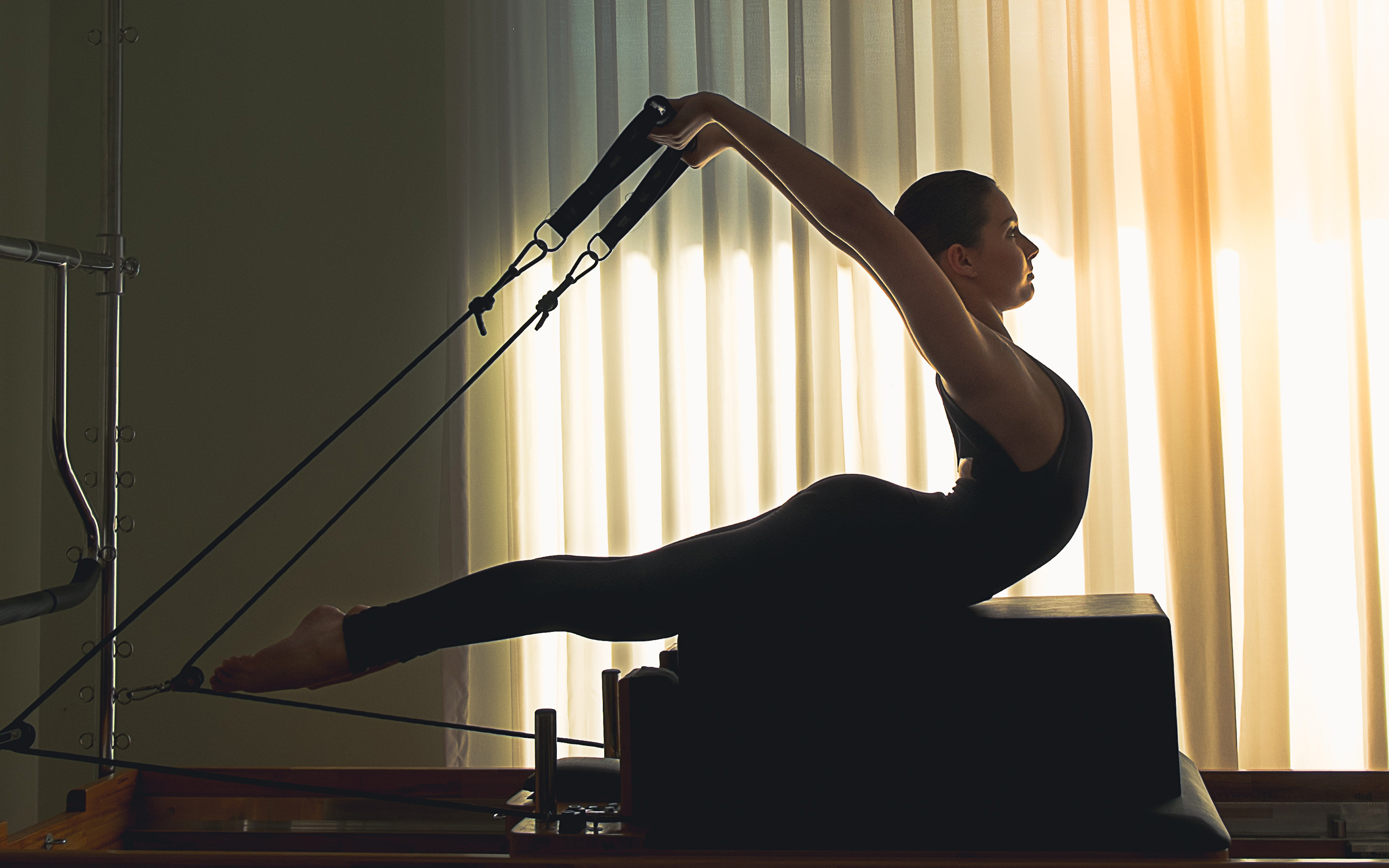
Pilates is an exercise that was developed in the 20th century. Originally called Contrology, Pilates focuses on increasing bodily strength, flexibility, and mental awareness. The exercise is often praised for injury prevention and healing. The name comes from its inventor, Joseph Pilates. Joseph, born in Germany but an immigrant to Britain and then the US,…
-
Not All Personal Trainers Are Qualified

In this health and fitness-crazed era that we live in, we often hear about people seeking out personal trainers. While television and the media have painted a certain picture, every personal trainer is unique and comes equipped with their own approach and personality. They can be either male or female, and not all of them…
